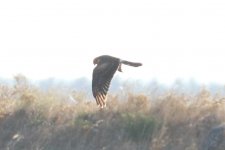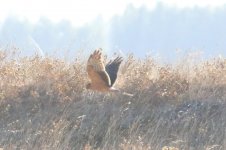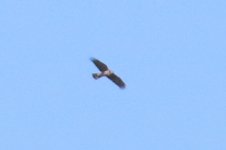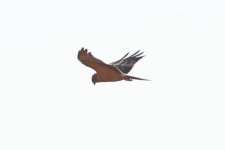Hello,
Two raptors seen in the south of France on september 5th.
1-2) Montagu's Harrier ?
3) Really crappy photo...Is it possible to give id just based on shape ? This bird was seen in Les Alpilles.
Two raptors seen in the south of France on september 5th.
1-2) Montagu's Harrier ?
3) Really crappy photo...Is it possible to give id just based on shape ? This bird was seen in Les Alpilles.









